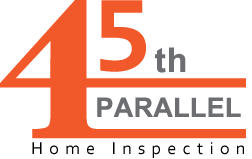Home Health Checkup
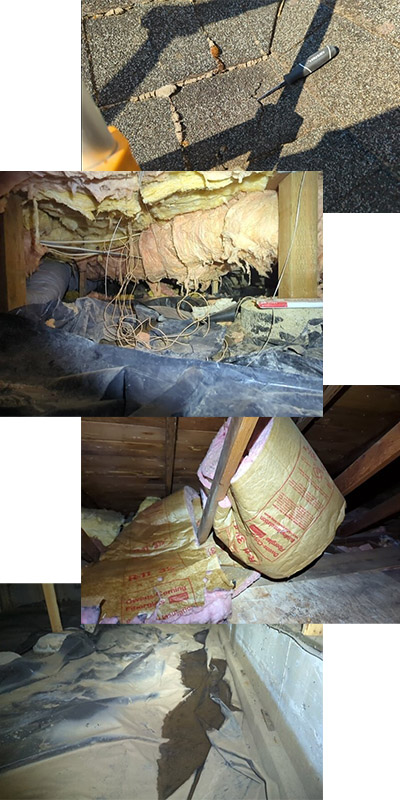
Inspecting The Unseen Corners of the Home
The roof, attic, and crawlspace are places that most homeowners don't go regularly, so that is where problems can develop and progress unseen. Home Health Checkups are designed to be a yearly health check on these unvisited and unseen areas to inspect for any developing issues. Our licensed home inspector will inspect the roof, attic, and crawlspace and provide a written report for items needing maintenance or correction.
This is not a full home inspection, but an abbreviated inspection performed periodically to check the essential areas of the roof, attic, and crawlspace. Issues in and around the home where occupants live and frequent are usually discovered through day-to-day living. But the roof, attic, and crawlspace are rarely, if ever visited, so they need periodic inspections to make sure everything looks in good condition.
The Purpose of a Home Health Checkup
Because the areas are hidden and not visited by most homeowners, they can develop issues that remain unnoticed until a problem becomes bigger and costlier to fix. Getting an inspection and heading off issues now is cheaper than if they become larger issues that need to be dealt with later.
It is also a good way to keep the home in shape for when and if you decide to sell down the road. Some of the costliest issues to bring up to speed during home sales are the roof and issues in the crawlspace. No one–both buyers and sellers–likes hearing about big-ticket items like a roof during a home sale. A Home Health Checkup and addressing any discovered issues will make a home sale transaction smoother and easier. It's like getting a yearly health checkup at the doctor's office.
What Can Be Found During an Annual Home Inspection?
We cover three main areas of your home, looking for common issues as well as anything else that could cause you headaches down the road.
Roofing
Damaged/Worn Out/Missing Shingles
Damaged, worn-out shingles, or missing shingles can have a significant impact on your home's integrity and value. When shingles are compromised, they can allow water to seep into your home, leading to leaks, mold growth, and structural damage. Additionally, damaged shingles or missing shingles can allow damage to other components in the home such as insulation or drywall that will also need to be replaced..
Cracked Plumbing Vent Boots
Cracked plumbing vent boots can lead to water leaks and moisture intrusion in your home. Rubber plumbing vent boots typically break down and start to crack and split in the 10-15 year range, and need to be replaced to avoid leaking. These leaks can cause damage to ceilings, walls, and insulation, as well as promote the growth of mold and mildew.
Exposed Nail Heads
Exposed fasteners (nails/screws) heads on a roof can compromise its integrity by allowing water to penetrate through the roofing material. The only time you should see exposed nail / screw heads is when they are used in flashing and have a rubber grommet to seal the hole and prevent leaking. All other exposed nail and screw heads should be covered with roofing cement or sealant. Exposed fasteners not properly sealed can result in leaks, water damage to ceilings and walls, and even structural issues. Prompt repair of all of these issues is essential to prevent costly water damage and maintain a healthy indoor environment.
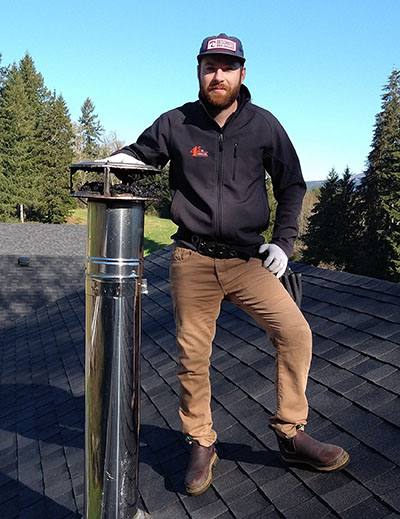
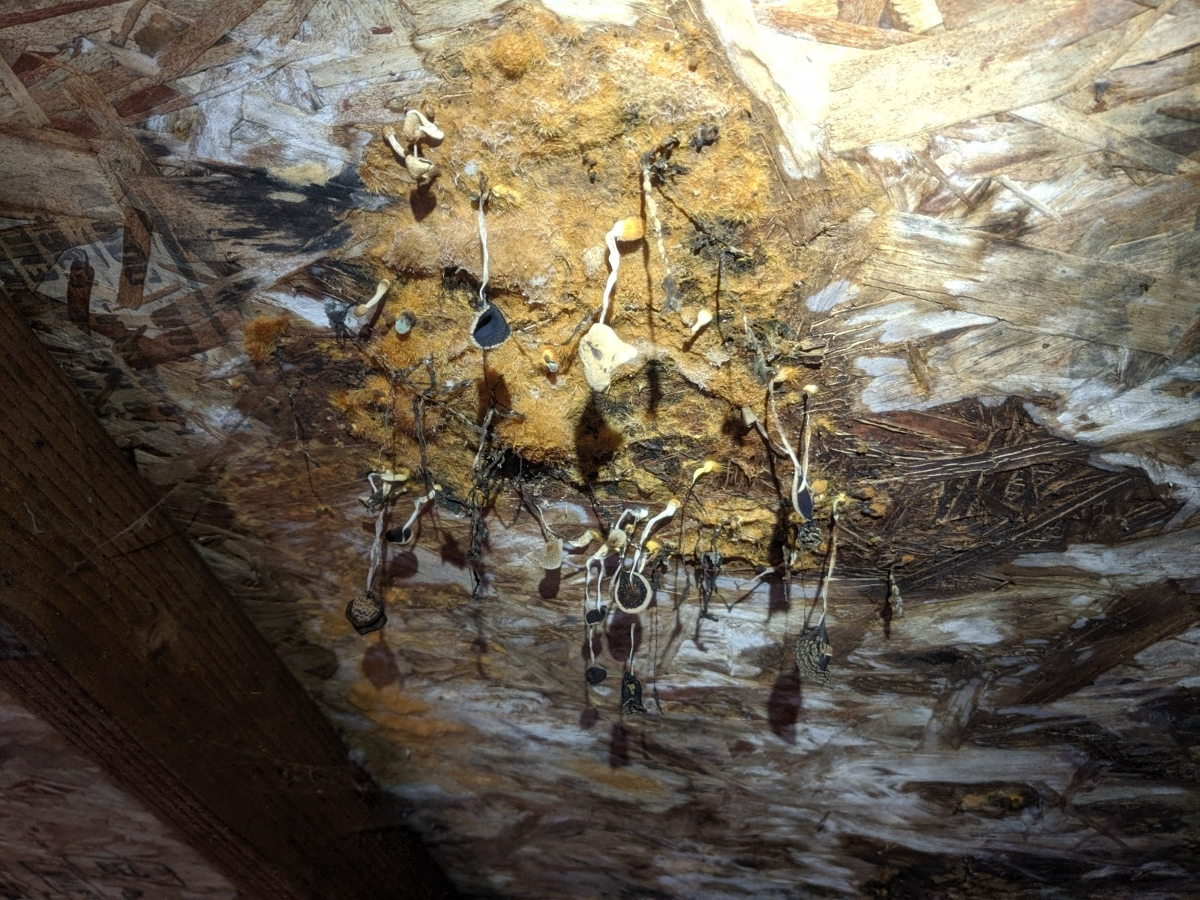
Attic
Mold
Having mold in the attic can pose serious health risks and depending on the kind of mold and severity, even structural concerns for your home. Mold thrives in damp, dark environments and can spread quickly if left untreated. It can cause respiratory issues, and allergies, and weaken the integrity of your home's structure. Addressing mold in the attic promptly is essential for a healthy home environment. While we are not doing a mold inspection, and only a laboratory can determine the exact type of mold, we will always tell you if we see any signs of what looks like mold.
Leaking
Leaks in the attic can lead to significant damage to your home, including water stains, rotting wood, and mold growth. They can also compromise the structural integrity of your roof and ceilings. Promptly addressing attic leaks is crucial to prevent further damage and maintain the safety and value of your home.
Ventilation and Other Moisture Problems
Condensation from improper ventilation, plumbing leaks, or high humidity levels can create a breeding ground for mold and cause structural damage. Addressing moisture issues promptly is essential for a healthy attic environment. It is very common for any home older than about 15 years to have incorrect venting of the bathroom, laundry, and kitchen fans. Although typical at the time of construction, any venting issues should be corrected for less moisture issues going forward.
Crawlspace
Leaking Drain or Water Pipes
Leaking drain or water pipes in the crawlspace can cause water damage to your home's foundation and floor structure. The excess moisture can lead to mold growth, wood rot, and structural instability. Additionally, it can attract pests and compromise the air quality in your home. Air in the crawlspace eventually ends up inside of the home due to the natural movement of air in a home called Stack Effect. It is not ideal to have poor quality air from the crawlspace circulating inside the home, so addressing water issues is critical. Prompt repair is crucial to prevent further damage and maintain a healthy living environment.
Damaged Insulation
Damaged insulation in the crawlspace can result in energy loss and increased utility bills. It reduces the effectiveness of your home's envelope with regards to insulation, leading to temperature fluctuations and discomfort. Additionally, wet insulation can grow mold, trap water against flooring causing decay, and promote pest intrusion such as ants and rodents.
Disconnected or Damaged HVAC Ductwork
Damaged or disconnected HVAC ductwork in the crawlspace can lead to inefficient heating and cooling, resulting in higher energy bills and discomfort. It can also cause poor indoor air quality and uneven temperatures throughout your home. Openings in ductwork is also a pathway for rodents and other pests to enter the HVAC duct system which can affect indoor air quality from rodent urine and droppings as well as contain pathogens carried by rodents. Prompt repair of HVAC issues in the crawlspace is essential for maintaining health, comfort and energy efficiency.
Animal Activity
Animal activity in the crawlspace can lead to damage to insulation, wiring, and plumbing, posing fire and safety hazards, as well as cause damage to the structure of the home. Additionally, animal waste and debris can attract pests and create unpleasant odors. Any animal or pest activity in the crawlspace should be addressed as soon as possible to minimize damage. Periodic inspections of the crawlspace are the number one way to identify animal activity.
Water Intrusion
Water intrusion in the crawlspace can lead to mold growth, wood rot, and structural damage to your home's foundation and framing. It can cause corrosion of metal components and attract pests, as well as allow standing water to become breeding grounds for bacterial and unhealthy contaminants
Our Experienced Home Inspector will visit these key areas and take usually 1-2 hours onsite at your home. We’ll talk with you after the inspection and follow up by sending you an inspection report with photos and descriptions of the issues so you can take action and fix developing or existing issues.
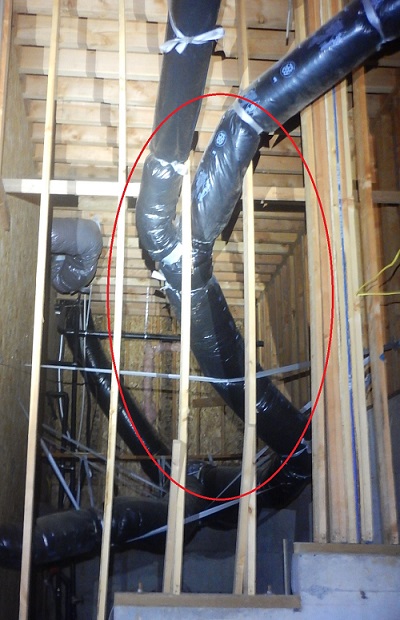
Home Health Checkup Pricing
The Home Health Checkup pricing is less than a full home inspection. The cost currently starts at $300* for smaller homes and increases with larger and older homes. Larger and older homes take longer to do and cost more. Prior home inspection customers receive a discounted price: We provide a $25 discount coupon for previous home inspection customers.
* Prices are subject to change. Contact 45th Parallel for current pricing.
Inspection Types
We perform inspections for different scenarios. These include home buyer inspections, pre-listing inspections (for seller), new construction, and re-inspections for repaired items.

Buyer Inspections
Learn as much as possible about the home you are buying to protect your investment.




Seller (Pre-listing)
Get more money faster by identifying and repairing items in advance of listing your home.




Home Maintenance
If you've lived in your home for 5+ years, it's a good idea to have it inspected to find developing issues.
